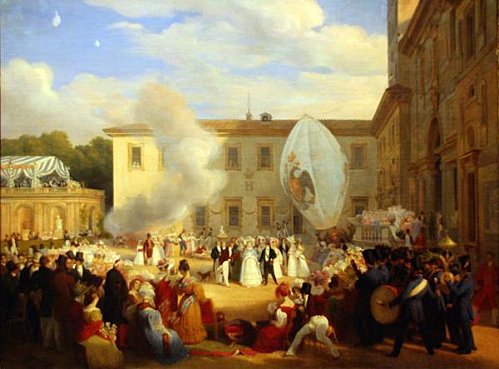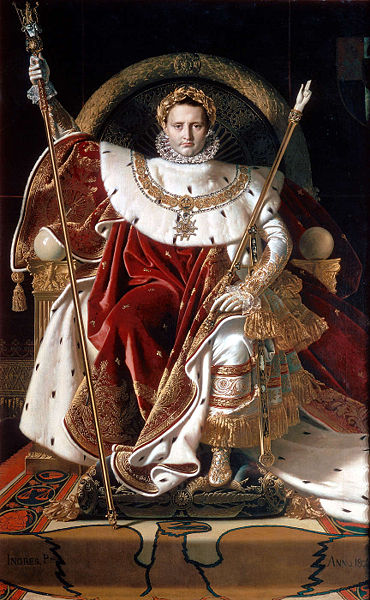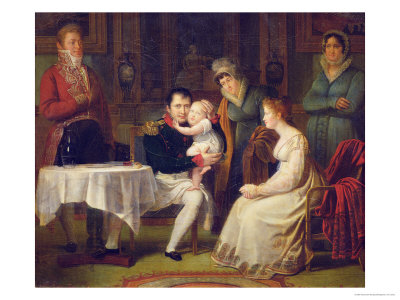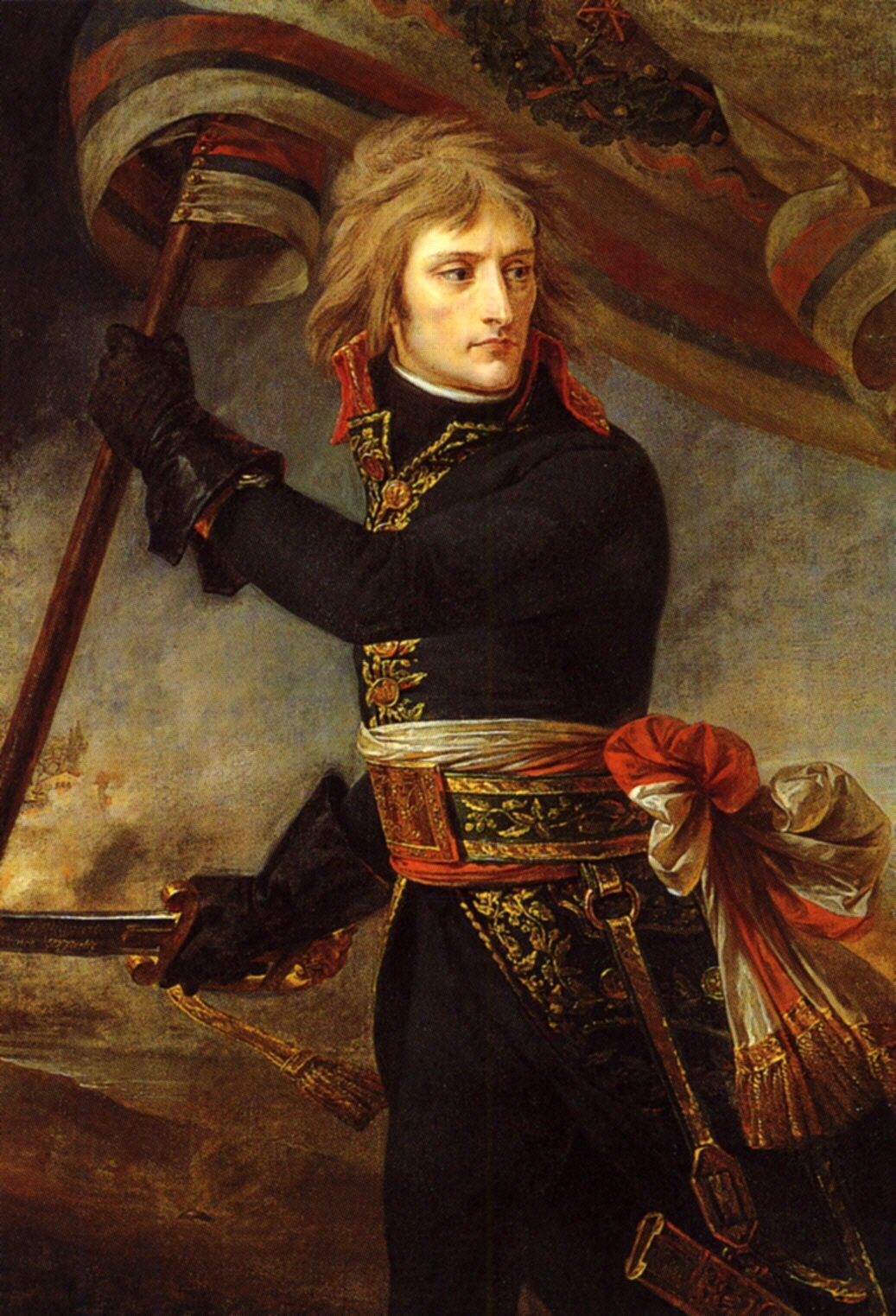The road to Rome. All literary roads appear to lead to Rome as well. The city has always attracted writers . They have mourned its fall and complained about its decadence; but it has not stopped them from coming.
”In Florense he visited Santa Croce. Overwhelmed by Giotto’s famous frescoes he wrote in his diary: “I was in a sort of ecstasy, from the idea of being in Florence, close to the great men whose tombs I had seen. Absorbed in the contemplation of sublime beauty . . . I reached the point where one encounters celestial sensations.” His psychosomatic reaction to the overdose of beautiful art, disorientation, powerful emotions from confusion to hallucinations, is nowadays called ‘Stendhal syndrome’.”

- ”Le 29 avril 1829, alors qu’il est ambassadeur de France à Rome, Chateaubriand reçoit dans les jardins de la villa Médicis, Institut de France, la grande duchesse Hélène de Russie. La fête est grandiose, et il dira que c’est la réception la plus grandiose et la plus réussie qu’il ait eu l’occasion d’organiser. Le tableau est de Louis Dupré (1789-1837).”
” We have just returned from St. Peter’s , wrote Stendhal in his ”Roman Journal” in an entry dated Christmas Day, 1827, ”The ceremony was magnificent. There were perhaps a hundred English ladies, several of them of the rarest beauty…His holiness designated a cardinal to say mass in his stead. The Saviour’s blood was brought to the pope seated on his throne behind the altar, and he sucked it with a gold straw. I have never seen anything so imposing”.
The city Stendahl was describing had been created by the Roman Church. The ancient ruins were there, of course; but they merely provided a picturesque backdrop for the hypocritical and wonderfully polished society of papal Rome. ”The ices are excellent, ” he reports of an evening party at one of the great Roman palazzi , ” the walls adorned with eight or ten paintings by great masters. The brio of the conversation disposes one to enjoy their merit. In order to be polite toward the sovereign one utters, on occasion, a few words on favor of God. ”
Stendhal was less than polite to the sovereign. ''The pope's government is a pure depotism,'' he wrote; it held out to its subjects ''the gallows in this world and hell in the next.'' ''The moment a father sees a child of his manifesting a spark of intelligence, he makes a priest of him...Who knows? he may become pope.'' ''The profound immorality that reigned in the Sacred College in 1800 has gradually disappeared , and so has all wit. In Rome as elsewhere, it is the most stupid who govern..."
Stendhal's ''Roman Journal'' is as stylish and gossipy as the city it describes, and as hypocritical; it is neither Roman or a journal. It was written in Paris, more than fifteen years after Stenhal had last seen Rome. In desperate need of money, he worked it up from hazy memories, from library research, and from the notes of a cousin who had just returned from Italy. The book could, with some justice, be called Stendhal's first great work of fiction. Episodes are invented, and cardinals and countesses created, to suit the author's fancy.

- ''During the actual coronation ceremony, Pope Pius VII, first took the crown and other regalia from the altar and blessed them, and after returning them to the altar, took his seat. Napoleon then stood up from his throne and walked up to the altar, and taking the crown from the altar placed it on his head, thus crowning himself. This procedure was agreed upon earlier, as Napoleon did not want to accept the Pope as his overlord.''
''Stendhal had a mind like a Catherine wheel, and in A Roman Journal it sparked anecdotes and aphorisms on many subjects. Other samples:
"[In viewing ruins], imagine what is lacking and disregard what is there.”
“Rome is more of a small town than Dijon or Amiens; not everything is told, but everything is found out.”
“A young Frenchwoman brings to the exercise of her will a fire and petulance that amaze and exhaust the more prudent soul of a Roman woman. But this fire of straw lasts two days. The character of a tiger depicts Roman sensual enjoyment fairly well, if one add to it moments of absolute madness.”
“One cannot swallow pleasure like a pill.
Works of art are described in detail from dim memories or from engravings and the descriptions of other travelers. Stendhal’s sources may not have been original, but his judgements on art certainly were. One Poussin picture he finds ”an estimable painting but highly disagreeable to look at.” Almost all the statues placed in St. Peter’s are ridiculous,” he proclaims. One of them, Michelangelo’s ”Pieta” , inspired him with some new thoughts on a son’s obligations to his mother. ”If Jesus had the slightest feeling of gratitude” for Mary, Stendhal says, he ought to have spared her the sight of his wounds.
Stendhal had had a very good chance to view Roman art when he first visited the city in 1811; for he stayed at the Qirinal palace once a papal residence and now the official home of the president of Italy. He was there as a guest of his cousin, Martial Daru, whom Napoleon had sent to Rome with the title of ”Intendant of Crown Properties”. To Napoleon, crown property was everything he could lay his hands on; and Daru was charged with the task of sending classical art; the ”Apollo Belvedere”, the ”Laocoon”, the ”Medici Venus”, back to Paris for the new imperial museum at the Louvre.
”Accompanied by commissioners armed with these lists, Napoléon exacted huge concessions of works of art from the Italians, formalizing many of them as “reparations” in the terms of armistice treaties imposed on the losers. Thus the Duke of Modena surrendered forty-nine pictures; Parma another forty-seven; Milan twenty-five; Venice its famous bronze horses, the lion from St. Mark’s, sixteen pictures and other treasures; and so it went. The list is long, and at one time Napoléon boasted, “We have stripped Italy of everything of artistic worth, with the exception of a few objects in Turin and Naples!’ ”
Stendhal was not one to be shocked by this looting. He had been doing the same thing as an officer in the French army in Germany. Besides, he idolized Napoleon. When he visited Rome, he Quirinal was ”the Emperor’s Palace”; there, in honor of his conquests, Napoleon had commissioned a plaster frieze in one of the state rooms, depi
g the triumphs of his own idol, Alexander the Great. By the time Stendhal wrote his Roman Journal, the palace was once again the pope’s. The frieze remained, but the imperial splendor had gone. The pope or his servants, Stendhal reports, were so un-imperial that they were accustomed to hanging the papal laundry out of the palace window to dry.
During the year and a half in which Stendhal was ostensibly in Rome writing his travel journal another French writer, the historian Chateaubriand, actually was there , serving as his country’s ambassador to the pope. Chateaubriand did not share Stendhal’s view of the city. His was the romantic’s Rome; a dead city where he could wallow in ”profound melancholy” as much as he liked. ”There are more tombs than dead in the city,” he wrote, and he hoped one day to fill one of them. He made plans to spend his old age writing his memoirs in the monastery of Sant’ Onofrio. Like most of his romantic fantasies, this never came to pass.
Chateaubriand had his first taste of death in Rome years earlier, in 1803, while he was serving Napoleon as the First Secretary of the French embassy. He had been accompanied by his mistress, the Countess de Beaumont, a pale and consumptive aristocrat, the first in that ”funeral procession of… women” whom the writer had loved. The couple had difficulty in finding a house: ”… there is a prejudice in Rome against diseases of the chest, which are held to be infectious.”
Like Keats, Mme de Beaumont improved at first in the mild Roman climate. But the improvement did not last. ”One day I took her to the Colosseum,”Chateaubriand wrote later in his Memoirs. ”She manged to get out of the carriage, and went and sat on a stone facing one of the altars placed in the precincts of the building. She raised her eyes and looked slowly round those porticoes which had themselves been dead so many years, and which had seen so many die…The dying woman then lowered her eyes stepby step, from the sun down to the arena, fixed them on the altar cross, and said to me: ‘Let us go: I am cold.’ I took her home; she never went to bed and never rose again.” The funeral was splendid, arranged with a pomp that was characteristic of Rome. Chateaubriand noted with pride that Napoleon’s sister, the Princess Borghese, lent her family hearse.

- ” Pauline was Napoleon’s favorite sister. He made her a Princess of France and a Princess and Duchess of Guastalla. She was kind of a wild child and had numerous affairs and trysts. Eventually, she married into the rich Italian Borghese family and furthered her ego by using her ladies-in-waiting as footstools.”
”In 1822 Stendhal published DE L’AMOUR (On Love), which was according to Ford Madox Ford “the dryest book about love that was ever written”. It was based on the psychology of Destutt de Tracy. Stendhal regarded himself as a disciple, and perhaps borrowed from him the classificatory, cataloguing spirit with which he started the book. In On Love he distinguished four species – the physical, the tasteful, love from vanity, and love from passion, which is the source of the highest happiness. The book appeared posthumously. Its most famous chapter is ‘Des fiasco’ (On fiascos). SOUVENIRS D’ÉGOTISME (Memoirs of an Egoist) was an autobiographical fragment, in which Stendhal depicted the salons, theatres, and museums of Paris, but also his personal fiascos. In London he failed to duel with an arrogant English captain, but found a tiny but elegant house of three prostitutes.”
”Although waging aggressive war and appropriating the victim’s art treasures did not violate then-prevailing international law, the French plunder of Italian art excited strong feelings. Poets declaimed and intellectuals argued. Some emphasized the benefit to a larger public of mounting and publicly displaying so great a concentration of important works of art that had formerly been widely dispersed, often among private holders, and visible only to the few. Many French defended their behavior on a variety of grounds: compensation for the blood and toil of French soldiers; the cultural superiority of France, which made it only right that great art be taken and kept there; if France did not “give a home” to Italian cultural treasures they would be acquired by England or the tsar through purchase; they had been ceded to France in treaties and they were now legally French; and so on. Others referred to the French actions as those of “a band of practiced robbers” and “hordes of thieves.’ ”


![rome3 The Crowning [self-coronation] of Napoleon, Jacques-Louis David, c.1808](/wp-content/uploads/2010/05/rome3.jpg)









 COMMENTS
COMMENTS



